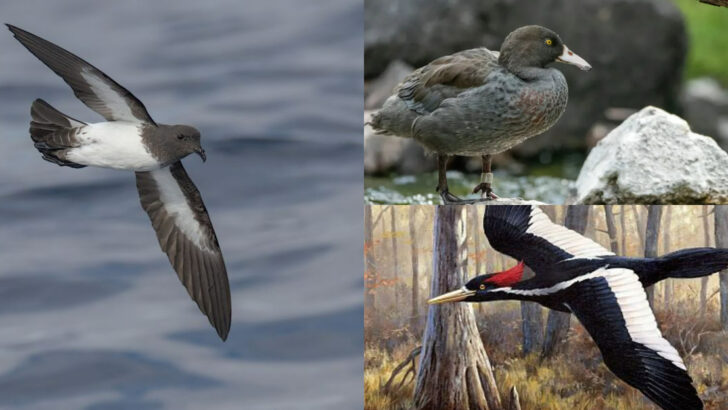Throughout history, the skies have been ruled by magnificent birds, many of which have sadly disappeared forever. These avian wonders once showcased their colorful plumage and captivating behaviors across various habitats.
Their extinction offers cautionary tales of human impact and environmental change. In this article, we’ll explore 30 extinct birds that once soared through the skies, examining their unique characteristics and the factors that led to their demise.
Dodo
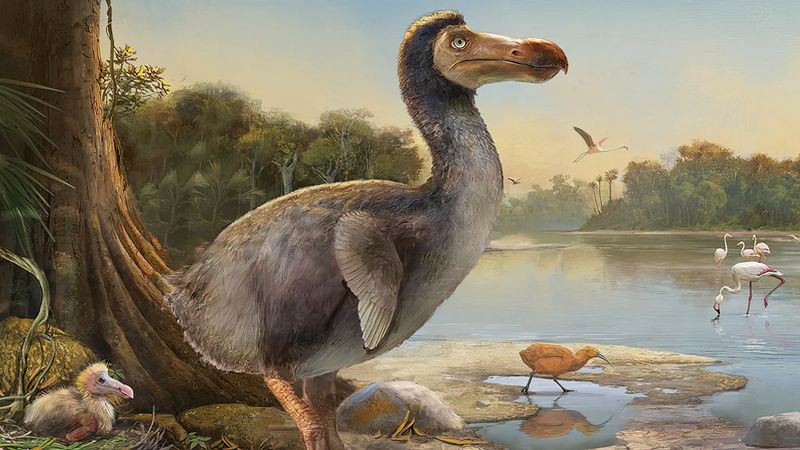
Often associated with the phrase “as dead as a dodo,” this flightless bird was native to Mauritius. Its extinction in the late 17th century was due to human hunting and introduced predators.
The dodo’s inability to fly made it an easy target, while its lack of fear of humans contributed to its swift disappearance. Today, the dodo remains a symbol of vulnerability and the consequences of human interference.
Despite its unfortunate fate, it sparks curiosity and serves as a reminder of the fragile balance in ecosystems.
Passenger Pigeon
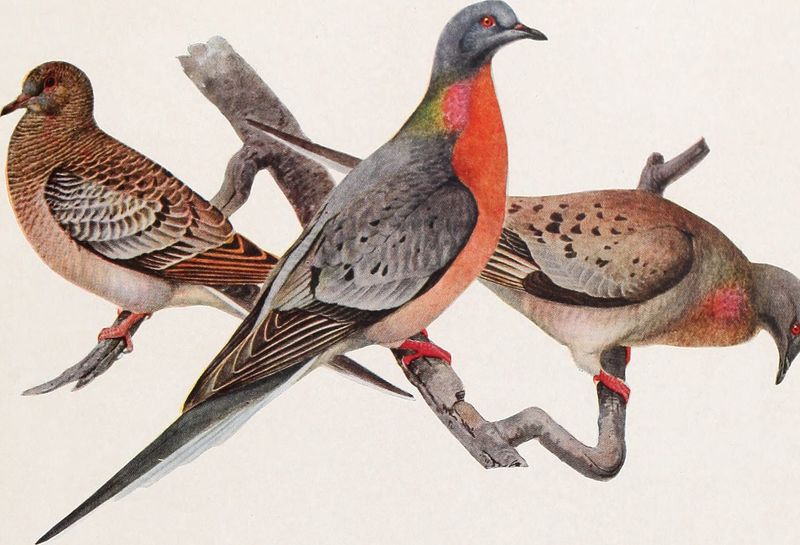
Once numbering in the billions in North America, these pigeons met their demise due to excessive hunting and habitat destruction. By the early 20th century, passenger pigeons had vanished completely.
Their incredible flocks, which once darkened the skies, are now a distant memory. The extinction of passenger pigeons highlights the impact of industrial-scale hunting.
Though gone, their story prompts reflection on conservation and the importance of sustainable practices to protect existing wildlife.
Great Auk
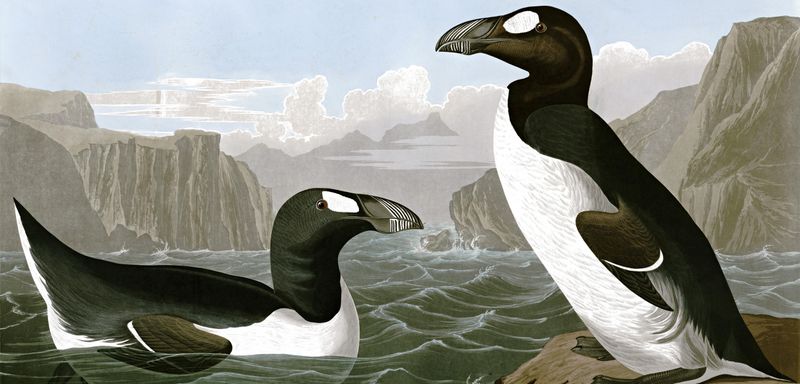
This large, flightless bird inhabited rocky Atlantic shores and was known for its distinctive black and white plumage. Overhunting for feathers and food led to its extinction in the mid-19th century.
The great auk’s extinction serves as a stark reminder of the consequences of unchecked exploitation of wildlife. Their colonies, once bustling, are now silent.
The bird’s unique appearance and tragic end continue to capture the imaginations of naturalists and historians alike.
Carolina Parakeet
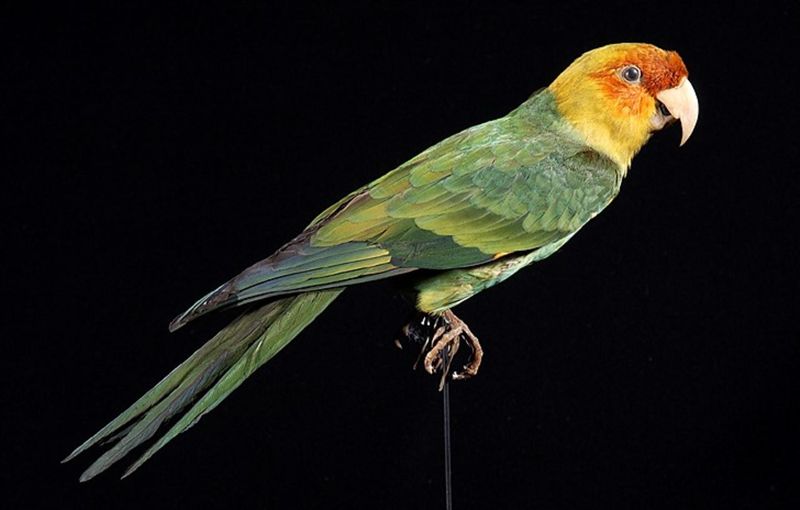
The only parrot species native to the southeastern United States, it fell victim to habitat destruction and hunting. By the early 20th century, the Carolina Parakeet was no more.
Its vibrant plumage made it a target for feather collectors, while deforestation reduced its natural habitat. The bird’s social nature, once a common sight, now exists only in records.
Its extinction emphasizes the need for habitat conservation to protect other vulnerable species.
Moa
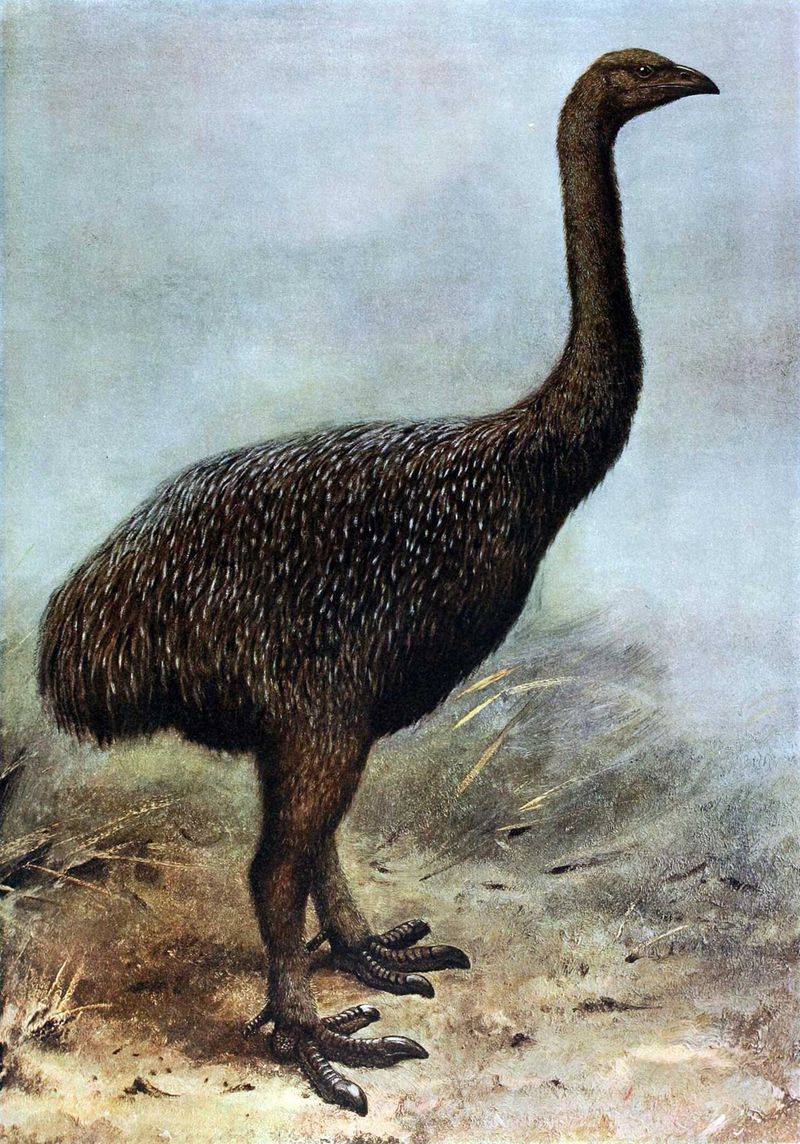
Native to New Zealand, moas were giant flightless birds that thrived before the arrival of Polynesian settlers. Hunting and habitat changes led to their extinction around 600 years ago.
Their towering presence once dominated the landscape. The moa’s extinction illustrates the dramatic impact of human colonization on native fauna.
While they no longer roam the forests, moas continue to intrigue scientists through fossil discoveries and reconstructions.
Ivory-billed Woodpecker
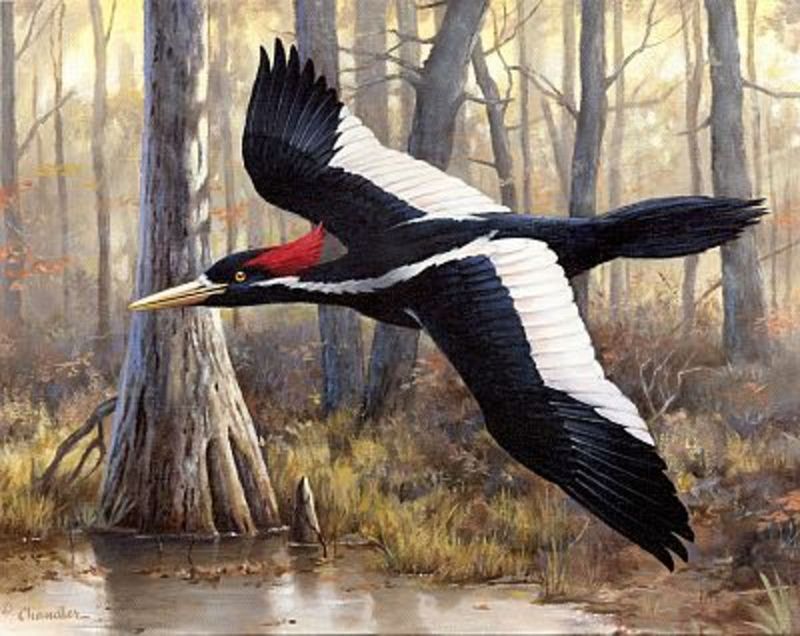
This striking woodpecker, native to the southeastern U. S.
, was driven to the brink by logging and habitat loss. Sightings of the ivory-billed woodpecker are now rare and unverified, leading many to consider it extinct.
The bird’s impressive size and unique calls were once a vibrant part of swamp forests. Despite its likely extinction, the quest to rediscover it reflects a persistent hope in conservation.
Its story is a lesson in the need for habitat preservation.
Labrador Duck
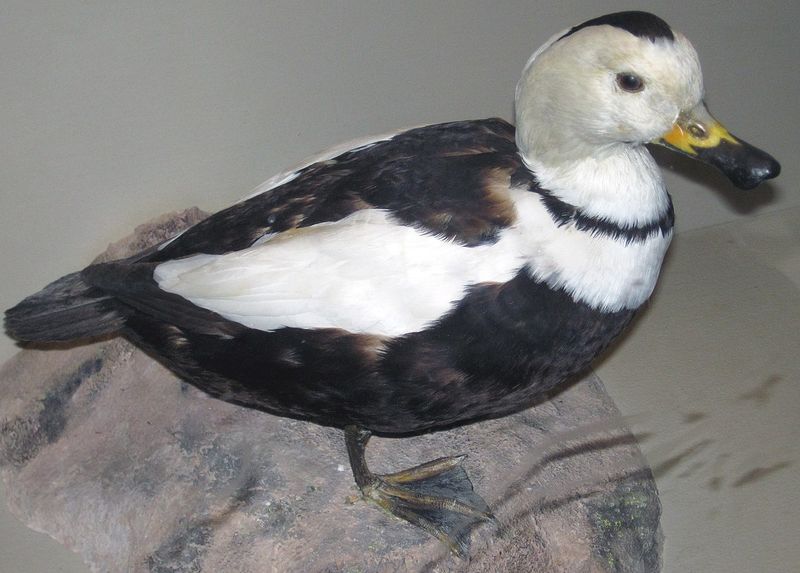
Known for its peculiar bill and striking appearance, this bird vanished by the late 19th century. Overhunting and exploitation of its coastal habitats contributed to its decline.
The Labrador duck’s extinction remains mysterious, as little is known about its lifestyle and breeding habits. Despite its disappearance, it serves as an example of the potential unknowns in extinction events.
Its story encourages more thorough studies into the lives of endangered species.
Haast’s Eagle
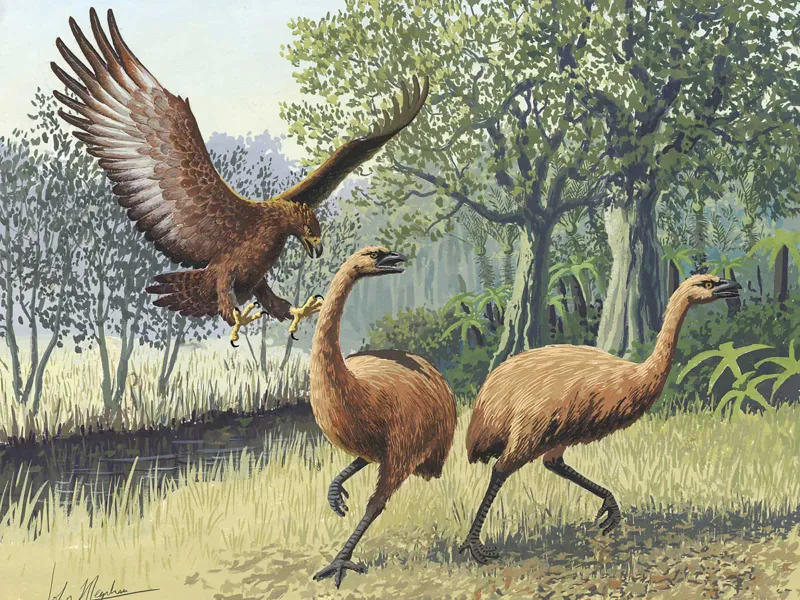
Haast’s Eagle, a formidable predator once native to New Zealand, was the largest eagle known to have existed. Its wingspan could reach up to three meters, making it an apex predator capable of taking down large prey such as the moa.
This eagle’s disappearance is closely linked to the extinction of the moa, as the loss of its primary food source led to its decline. nnThe arrival of Polynesian settlers in New Zealand marked significant ecological changes.
As humans hunted the moa to extinction, the Haast’s Eagle lost its main food source. Without this crucial element of its diet, the population of these magnificent birds dwindled rapidly.
nnToday, Haast’s Eagle remains a symbol of the delicate balance within ecosystems. Its story serves as a poignant reminder of the interconnectedness of species and the impact humans can have on wildlife.
Guam Kingfisher
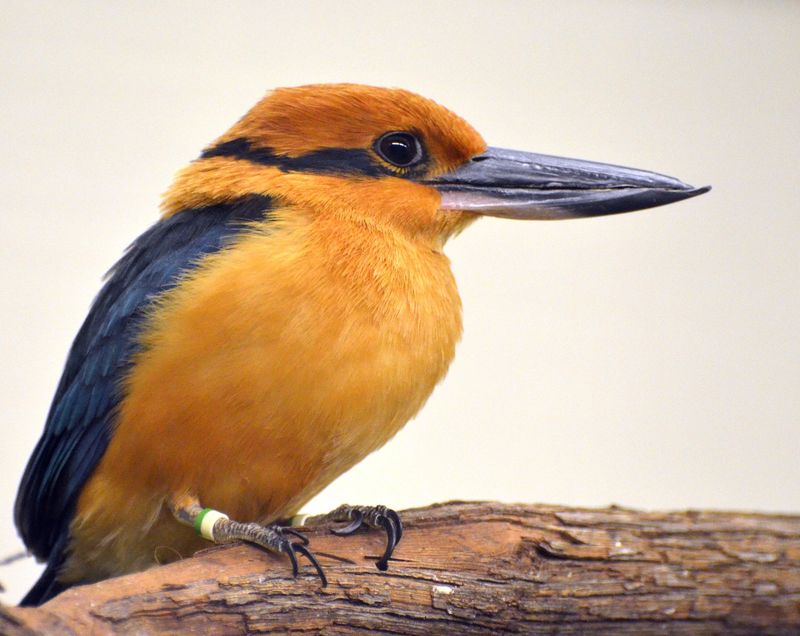
Native to the island of Guam, this vividly colored bird became extinct in the wild due to predation and habitat destruction. The introduction of the brown tree snake played a significant role in its decline.
Efforts to save the Guam kingfisher resulted in captive breeding programs. Their bright plumage and energetic song once enlivened the island’s forests.
While no longer found in nature, ongoing conservation work aims to reintroduce these birds to protected areas.
Heath Hen
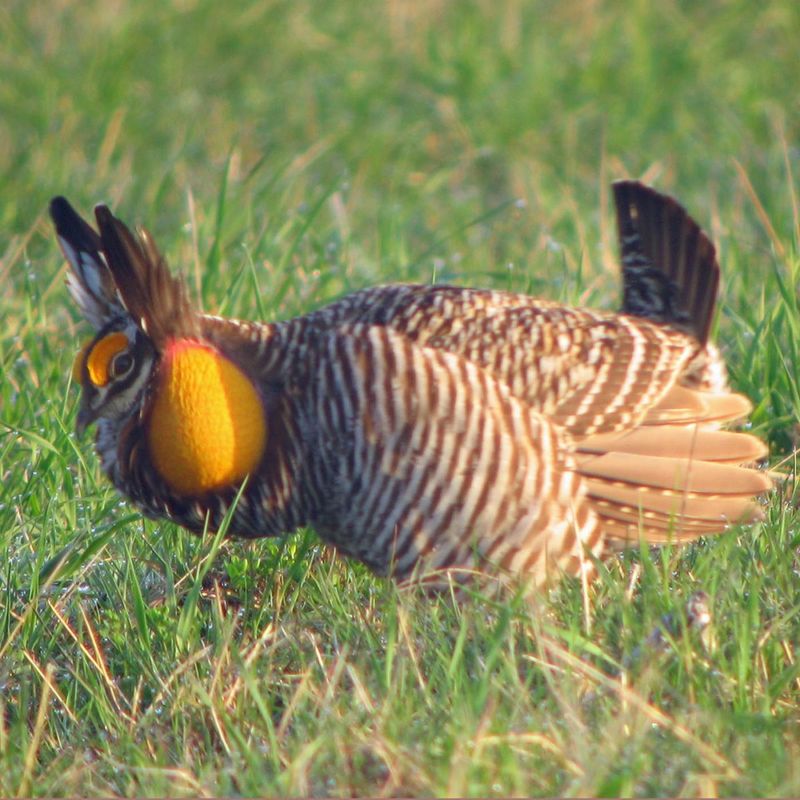
Once abundant on the eastern coast of the United States, the heath hen was driven to extinction in the early 20th century. Habitat destruction and hunting were major contributors to its decline.
Their lively displays and calls, once a springtime spectacle, have vanished from the landscape. The heath hen’s extinction was one of the first to gain public attention, leading to early conservation efforts.
It reminds us of the urgency of protecting remaining habitats.
Stephens Island Wren
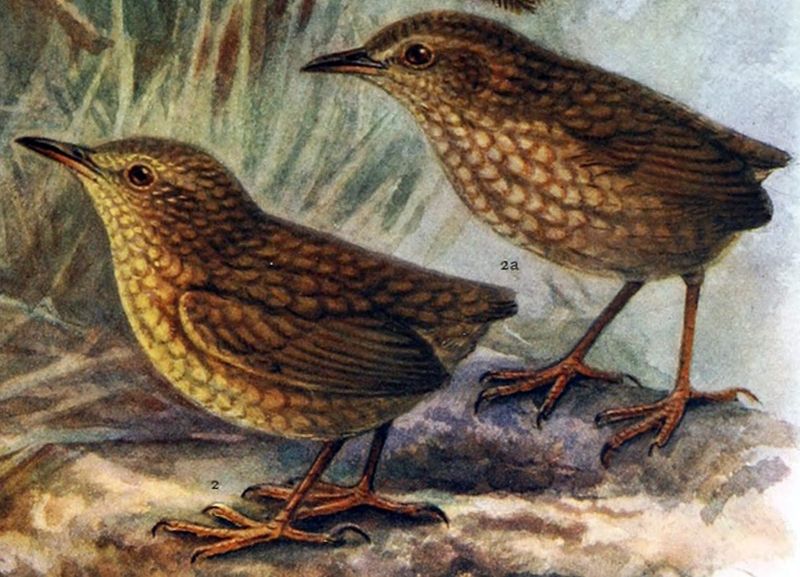
This small, flightless bird met a swift end due to predation by introduced species. Within a few years of its discovery, the Stephens Island wren was gone.
Its limited range and the rapid introduction of predators sealed its fate. The bird’s extinction highlights the vulnerability of isolated species to invasive threats.
Even though it’s no longer with us, its story is a crucial lesson in the protection of island ecosystems from external dangers.
Spectacled Cormorant
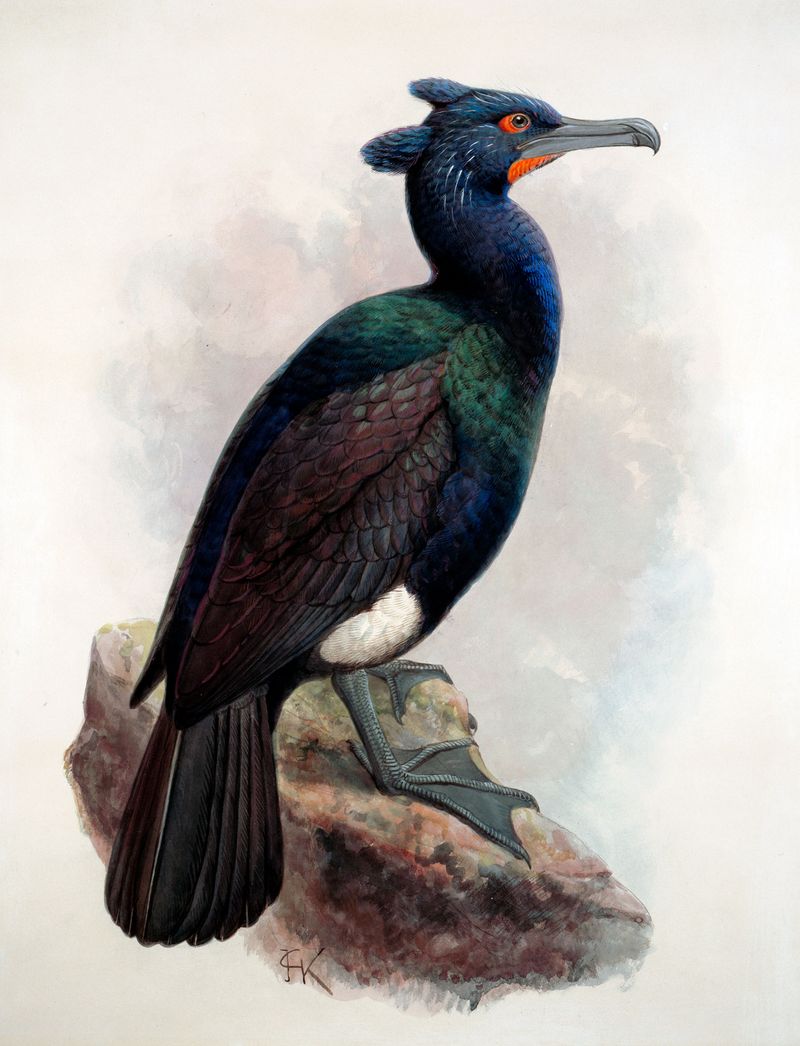
Endemic to Bering Island, this cormorant was driven to extinction in the mid-19th century. Hunting and habitat disruption were principal factors in their disappearance.
The bird’s distinctive white spectacles and robust body once characterized the island’s fauna. Like many island species, its extinction underscores the fragility of ecosystems in isolated environments.
The spectacled cormorant’s fate serves as a call to action to preserve remaining island habitats.
New Zealand Quail
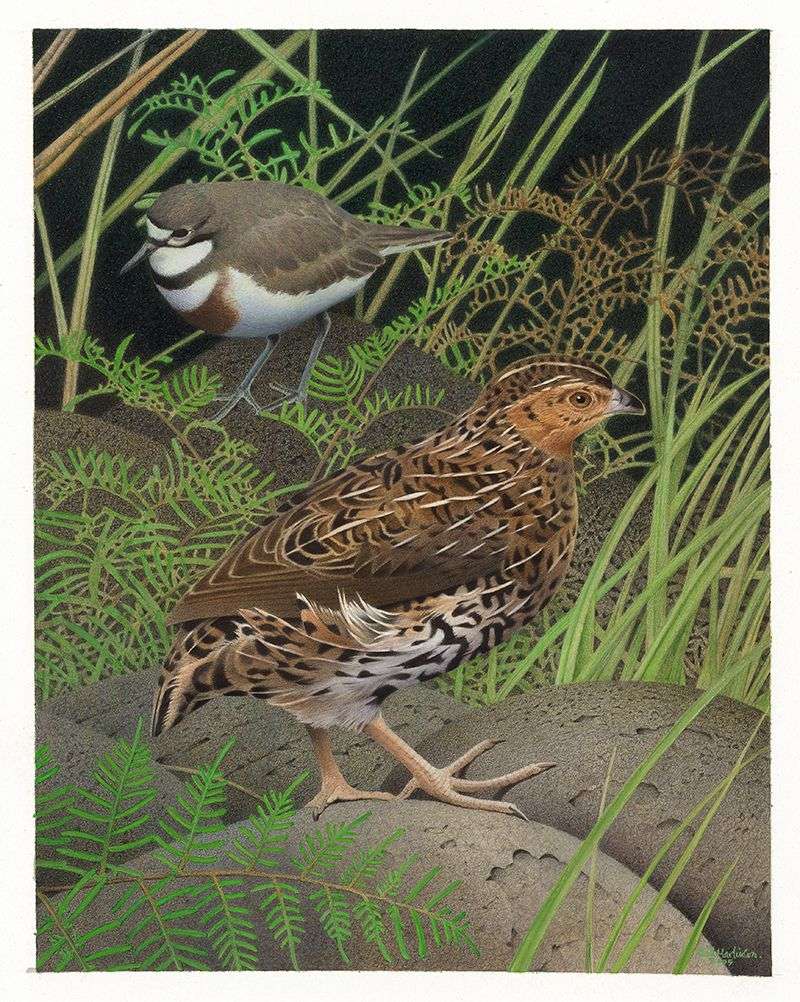
Once found in abundance across the North and South Islands, these quails vanished by the late 19th century due to hunting and introduced predators. The loss of such a common bird was a stark illustration of human impact.
Their calls and rustling among grasses were once familiar sounds. The extinction of the New Zealand quail is a cautionary tale of how quickly species can disappear.
Their absence continues to inform conservation strategies for the region.
Pink-headed Duck
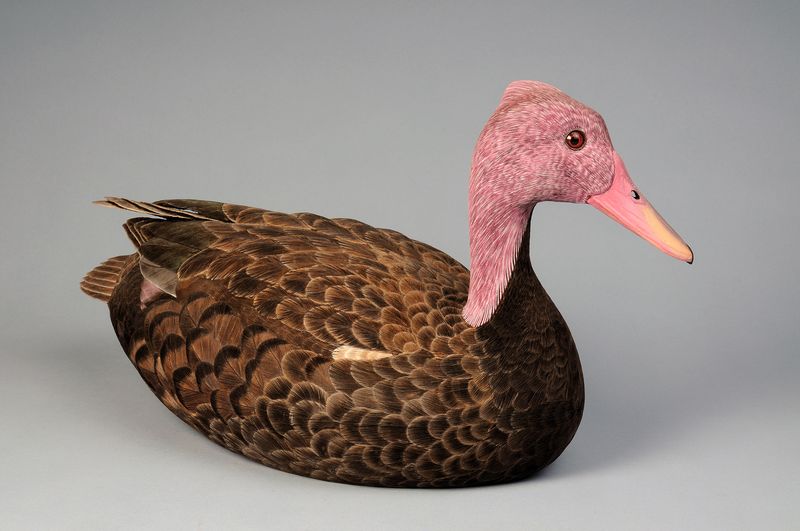
Famed for its unique pink head, this elusive duck disappeared by the mid-20th century. Habitat loss and hunting were key factors in its decline.
Its distinctive appearance made it a subject of fascination. Although no confirmed sightings have occurred recently, the pink-headed duck remains a symbol of lost biodiversity.
Conservationists continue to hope for its rediscovery, while its story underscores the importance of protecting wetland habitats from human encroachment.
Pied Raven
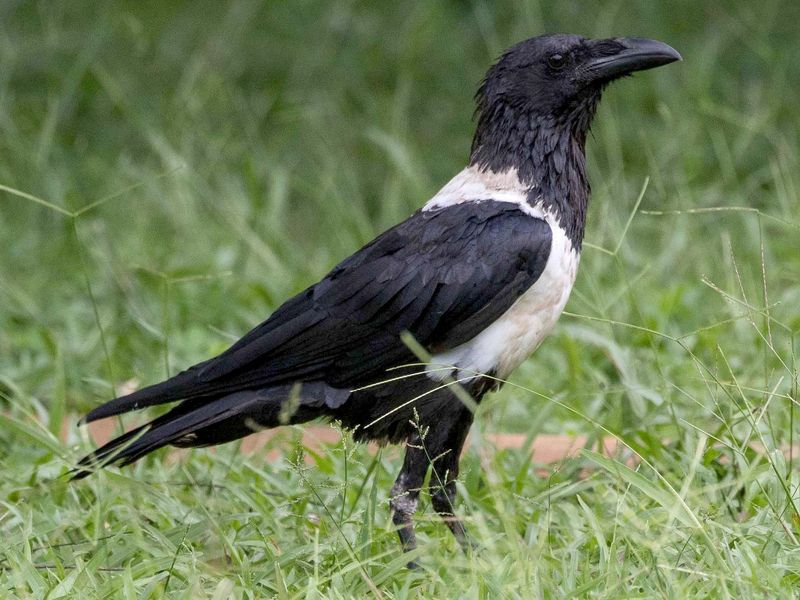
This unique raven, with its striking pied plumage, was native to the Faroe Islands. By the early 20th century, it was no more, largely due to hunting and habitat change.
The bird’s striking appearance and intelligence were notable, making it a local legend. Although the pied raven is gone, its story is a reminder of the delicate balance between human activity and wildlife.
The loss encourages ongoing dialogue about the coexistence of nature and human progress.
Jamaican Petrel
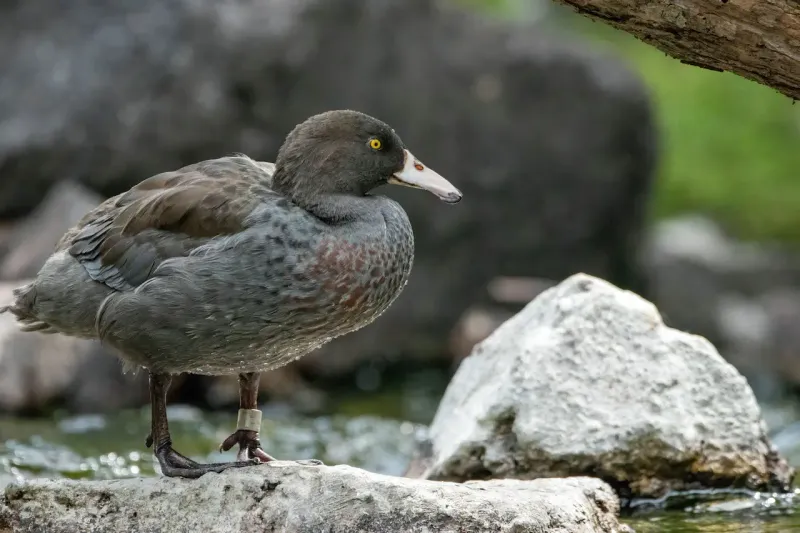
Known for its mysterious nature, this seabird was last spotted in the early 20th century. Habitat destruction and introduced predators led to its presumed extinction.
The Jamaican petrel’s haunting calls were once a part of the island’s nighttime soundscape. Although feared extinct, ongoing searches aim to locate any surviving individuals.
Its story is a poignant reminder of the need for vigilance in protecting marine environments and their avian inhabitants.
Slender-billed Curlew
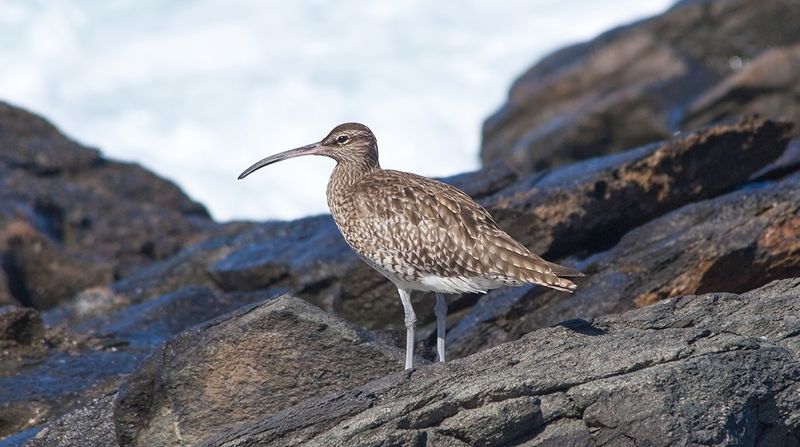
The slender-billed curlew’s disappearance is shrouded in mystery. Once ranging across Europe and Asia, it has not been sighted for decades.
Habitat loss and hunting played significant roles in its decline. The bird’s distinctive call and elegant flight patterns are now lost to us.
Its uncertain status prompts conservationists to continue searching for any surviving populations. This story highlights the complexities of species monitoring and the urgent need for international conservation efforts.
Guadalupe Caracara
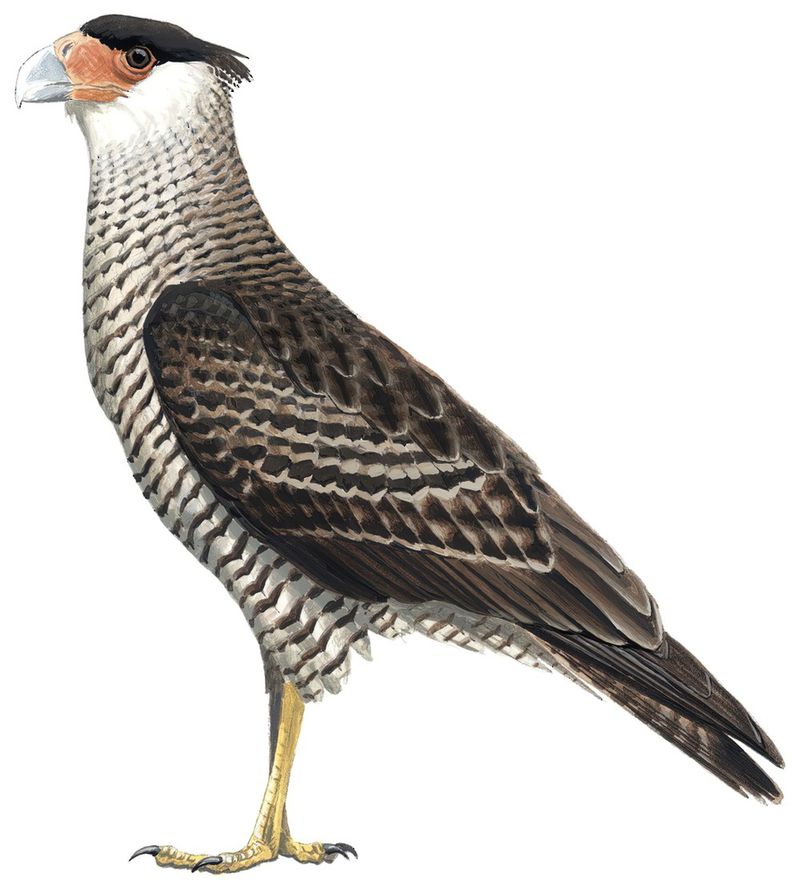
Once thriving on Mexico’s Guadalupe Island, this fierce bird of prey disappeared by the early 20th century. Human persecution and habitat alterations were central to its extinction.
Known for its bold nature and striking plumage, it was a dominant presence on the island. The Guadalupe caracara’s fate reveals the broader impacts of human settlement on isolated ecosystems.
Although gone, its legacy drives conservation initiatives aimed at protecting other vulnerable island species.
Tahitian Sandpiper
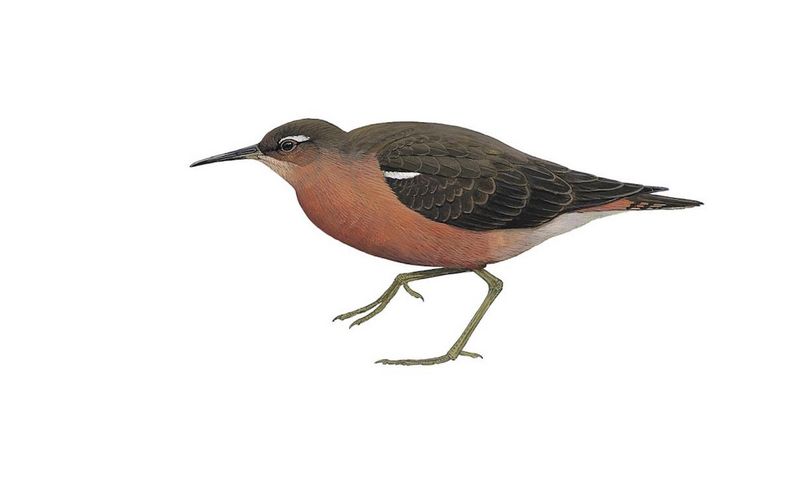
The Tahitian sandpiper’s extinction was primarily due to habitat destruction and introduced species. Once inhabiting the shores of Tahiti, it vanished by the 19th century.
Its gentle foraging and distinctive calls were once common sights and sounds on the island. The bird’s disappearance underscores the threats posed by human activity in pristine environments.
Its legacy endures in conservation efforts focused on protecting island avian diversity from similar threats.
Thick-billed Ground Dove
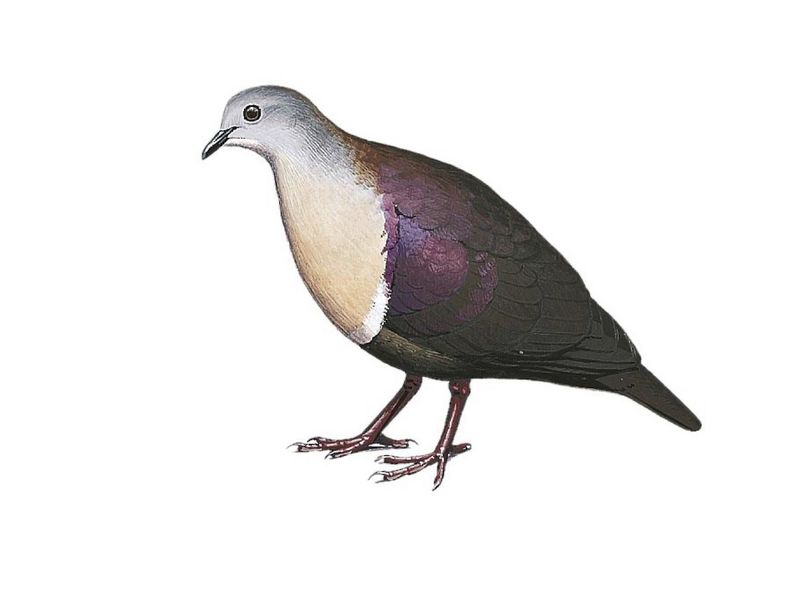
This rare dove, native to the Marquesas Islands, succumbed to overhunting and habitat destruction. Its extinction in the early 20th century marked the loss of a unique island species.
The dove’s calm demeanor and distinctive appearance made it a notable part of its ecosystem. Although it no longer graces the forest floors, its story prompts a reevaluation of how we manage island habitats.
The bird’s fate urges a deeper commitment to preserving biodiversity.
Réunion Ibis
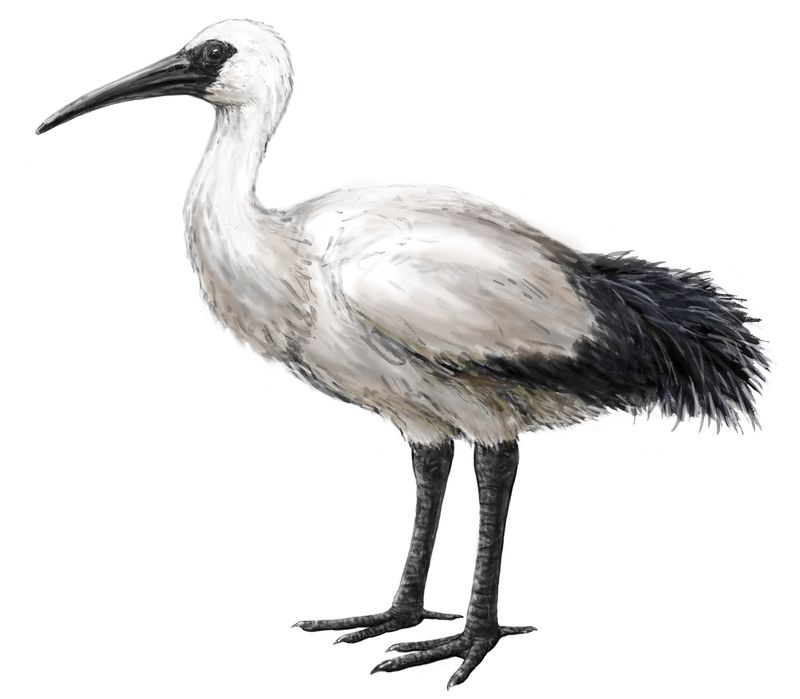
Once thriving on Réunion Island, this ibis disappeared by the 18th century due to hunting and habitat changes. Known for its striking grey plumage and distinct bill, it was a prominent feature of the island’s wetlands.
The bird’s extinction highlights the rapid impact of human colonization on isolated ecosystems. While gone, its story is a significant example of the need to protect remaining native species from similar pressures.
Cuban Macaw
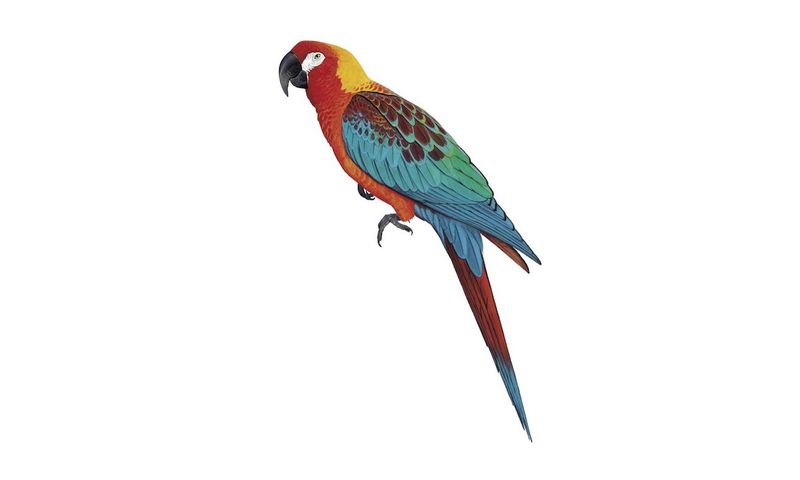
The Cuban macaw’s vibrant colors made it a target for collectors, leading to its extinction by the late 19th century. Habitat loss also played a crucial role in its decline.
The parrot’s lively presence once filled Cuba’s forests with color and sound. Although no longer present, the Cuban macaw serves as a striking reminder of the allure and vulnerability of island species.
Conservationists continue to draw lessons from its extinction.
Bachman’s Warbler
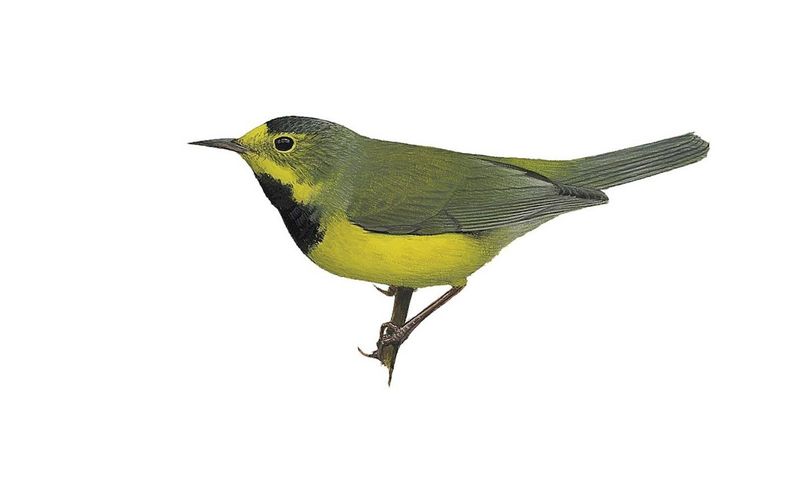
This elusive warbler was last reliably sighted in the 1980s, with habitat loss being a major factor in its decline. Its distinctive song and vibrant plumage were once a part of the southern U.
S. ‘s avian community.
Although considered extinct, conservationists maintain hope for its rediscovery. The bird’s uncertain fate underscores the importance of preserving critical habitats for the survival of rare species.
Its story continues to inspire efforts to protect vulnerable avian populations.
Laysan Rail
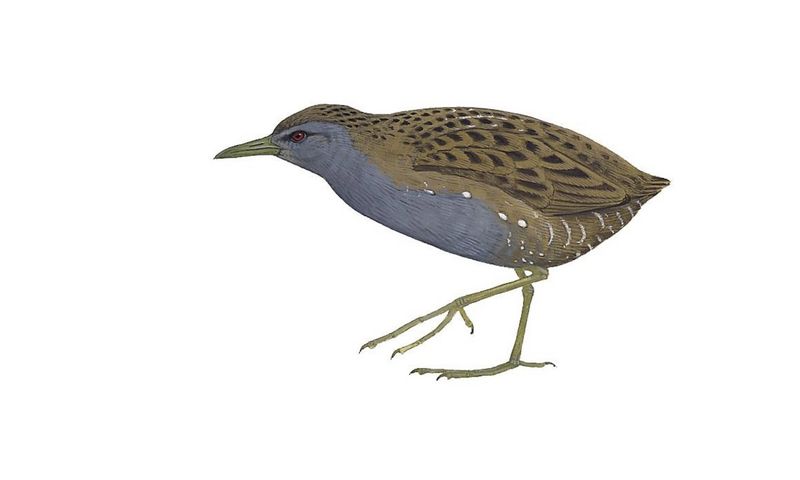
Native to Laysan Island in Hawaii, this flightless rail was driven to extinction in the 20th century by introduced species and habitat destruction. The rail’s swift movements and unique calls once characterized the island’s fauna.
Although it no longer scurries across the sands, its story is a reminder of the delicate balance of island ecosystems. The loss of the Laysan rail continues to inform conservation strategies for other threatened island species.
Dusky Seaside Sparrow
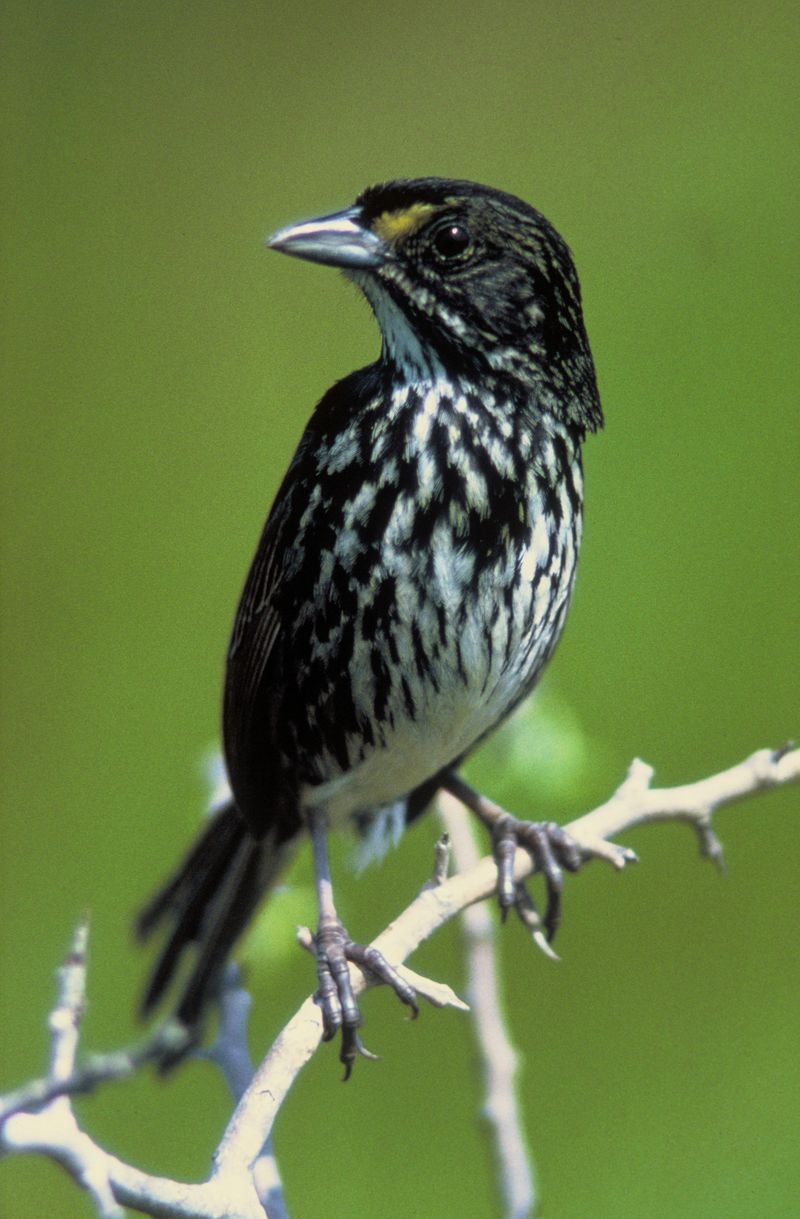
Once found in the marshes of Florida, this sparrow’s extinction in the late 20th century was due to habitat destruction and pollution. Its distinctive song and dark feathers made it a recognizable part of the region’s avian community.
Although gone, the dusky seaside sparrow highlights the consequences of environmental neglect. Its story serves as a catalyst for ongoing efforts to restore and protect wetland habitats for current and future generations.
St. Helena Petrel
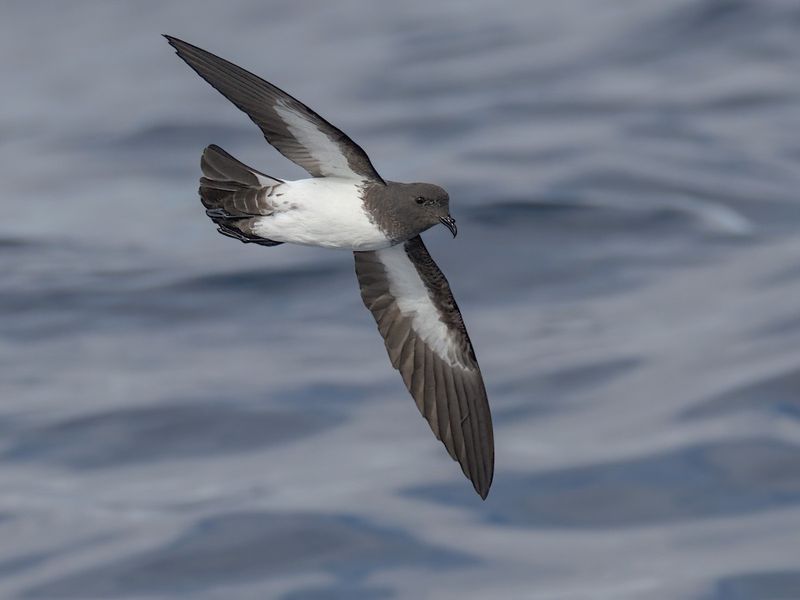
Native to St. Helena Island, this petrel disappeared by the 19th century due to hunting and habitat loss.
Its graceful flight and haunting calls were once part of the island’s marine environment. Although extinct, the St.
Helena petrel’s story underscores the impact of human activity on seabird populations. Its legacy endures in conservation efforts aimed at protecting similar species from similar fates, reminding us of the importance of preserving marine biodiversity.
Choiseul Pigeon
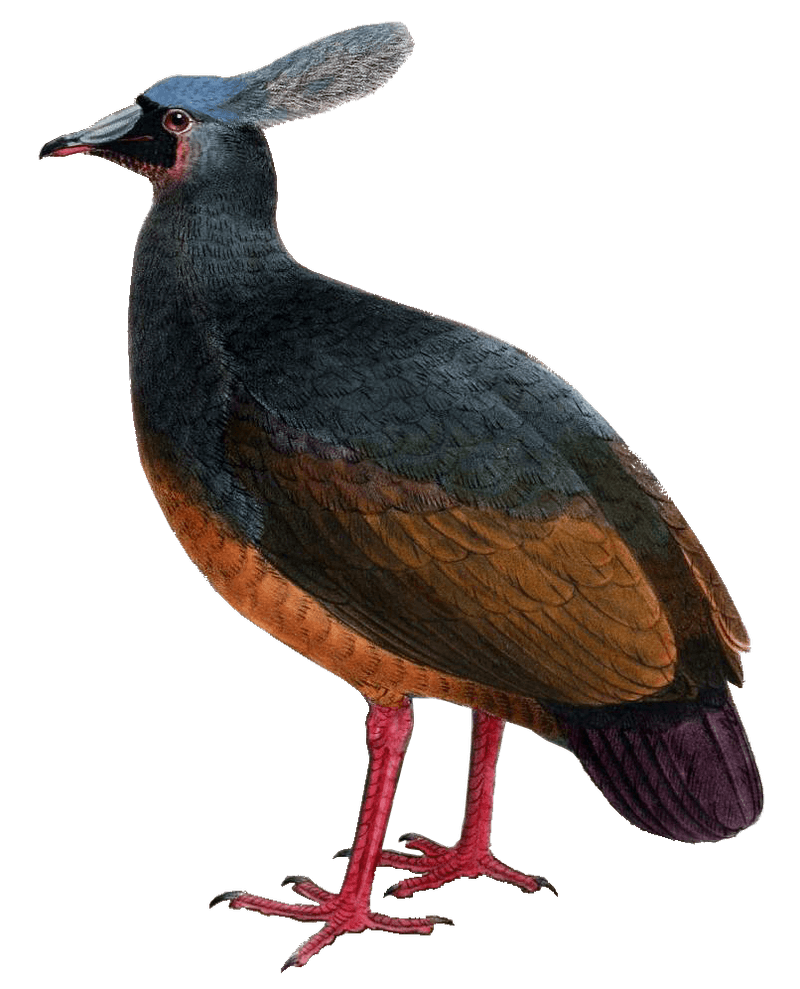
This striking pigeon was driven to extinction in the 20th century due to introduced predators and habitat destruction. Its iridescent feathers and soft cooing were notable features of the Solomon Islands’ rainforests.
Although no longer seen, the Choiseul pigeon’s story is a powerful caution about the dangers of invasive species. The bird’s disappearance serves as a vital lesson in the importance of maintaining ecological balance in fragile environments.
Kauaʻi ʻŌʻō
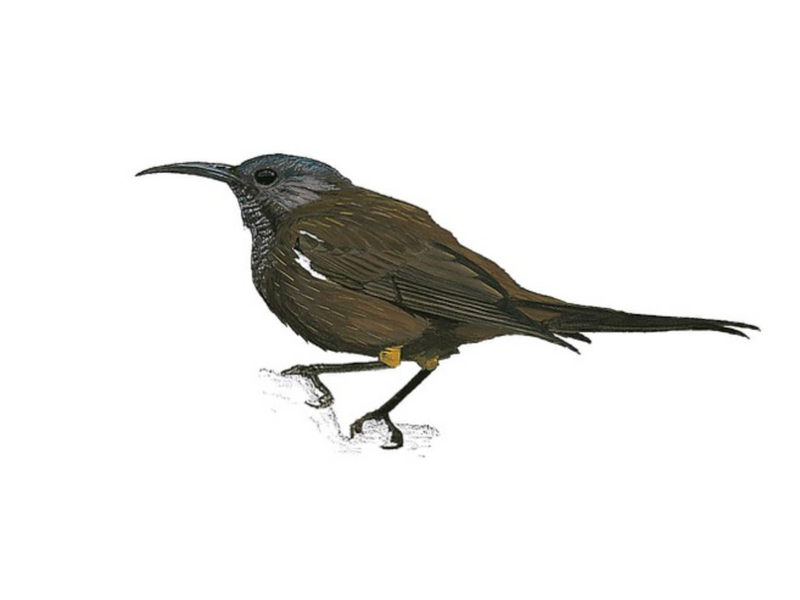
The haunting song of the Kauaʻi ʻŌʻō was last heard in the 1980s. Habitat destruction and introduced species led to its extinction.
Its melodious calls once filled the forests of Kauaʻi, captivating birdwatchers and locals alike. Though gone, the Kauaʻi ʻŌʻō’s story highlights the ongoing challenges of conserving island wildlife.
It remains a symbol of the urgent need to address threats to biodiversity and preserve the natural world’s symphonic beauty.
Norfolk Kākā
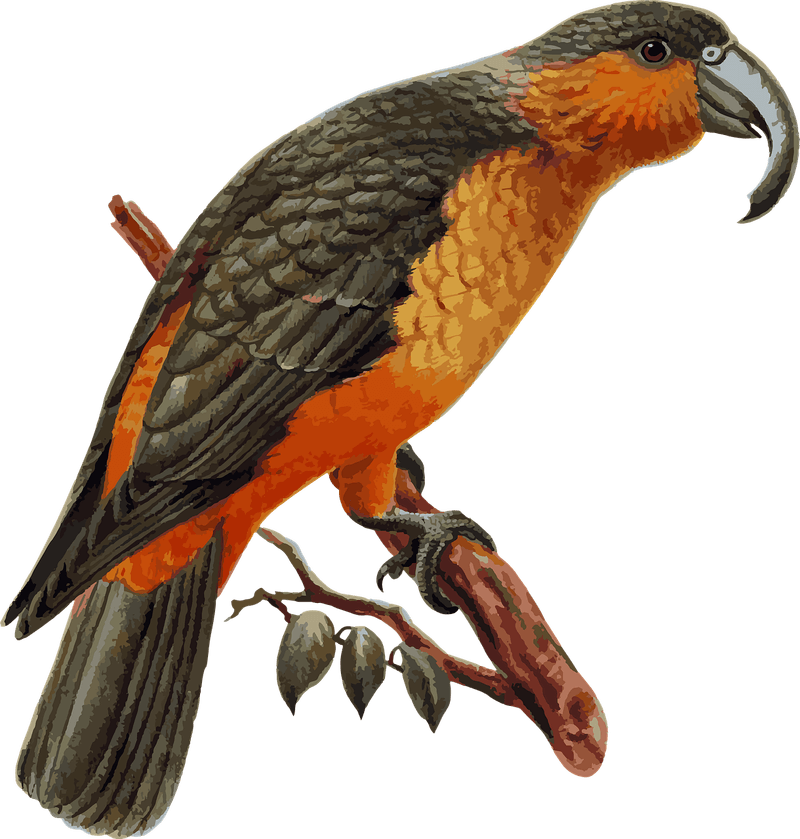
This colorful parrot vanished by the mid-19th century, primarily due to hunting and habitat destruction. Its vibrant plumage and social behavior made it a beloved resident of Norfolk Island.
Although no longer present, the Norfolk kākā’s story emphasizes the vulnerability of island species to human activity. Its extinction serves as a poignant reminder of the need for sustainable practices to protect remaining avian treasures.
New Zealand Moa
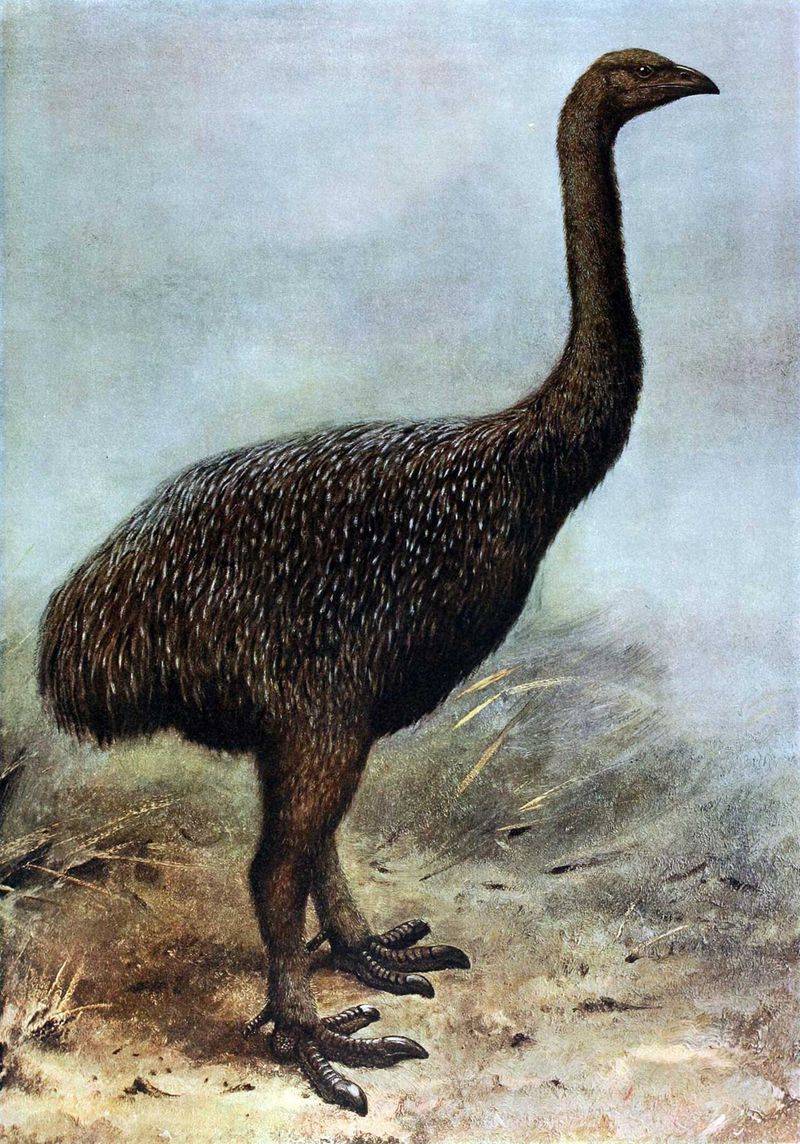
The New Zealand Moa was an impressive flightless bird, standing up to 12 feet tall. These herbivorous giants roamed the forests of New Zealand until the arrival of Polynesian settlers.
Hunted extensively for their meat and feathers, the Moa could not withstand the pressure of human predation. By the 15th century, they were entirely extinct, victims of overhunting and habitat disruption.
The Moa’s extinction highlights the dire consequences of over-exploitation of natural resources. Modern conservation strategies often draw lessons from the Moa’s story to better safeguard today’s endangered species.

